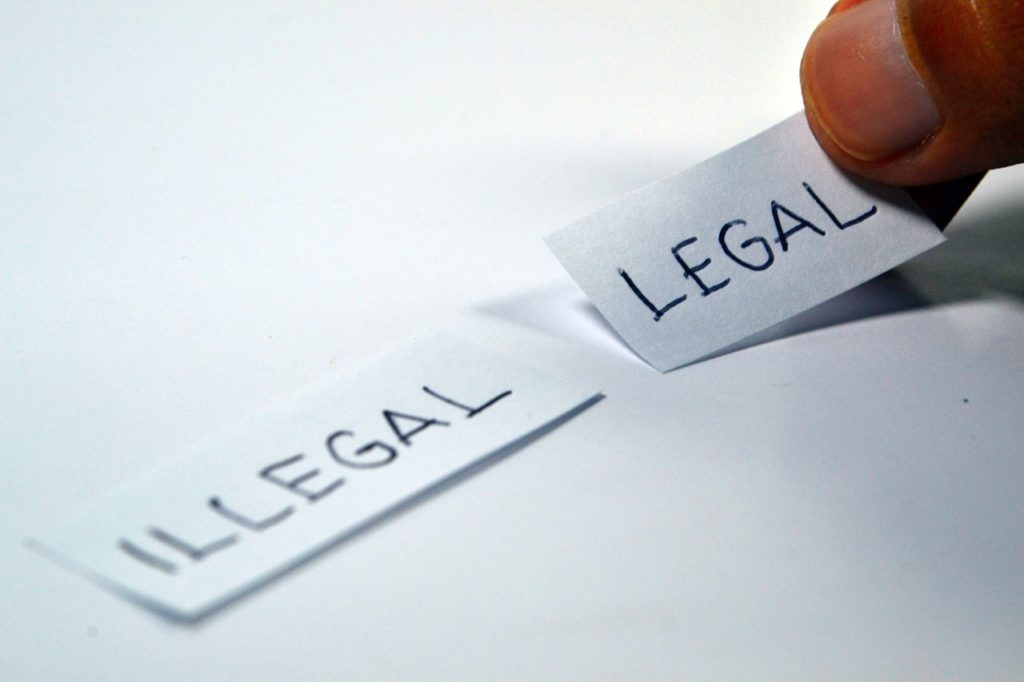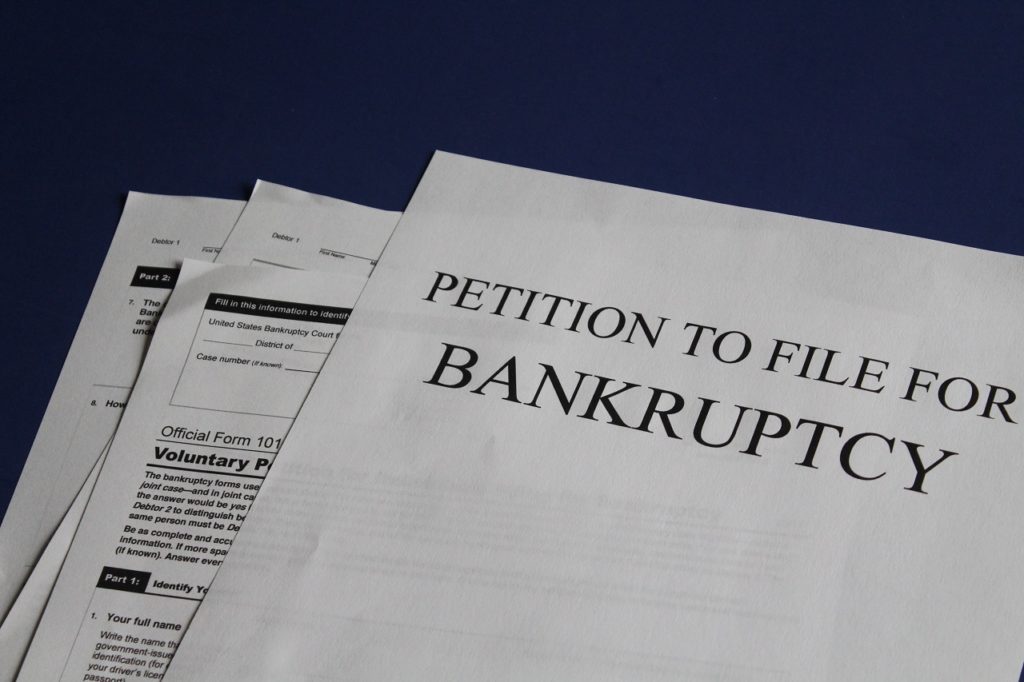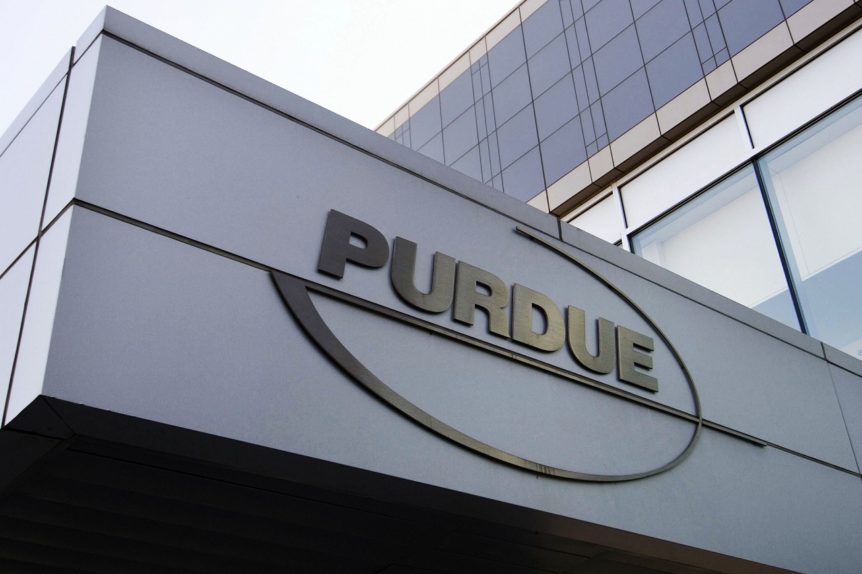Purdue Pharma, the pharmaceutical giant that makes OxyContin is facing an estimated 3,000 lawsuits against it for its role in perpetuating the US opioid crisis that has plagued the country for the past two decades.
According to statistics from the Centers for Disease Control and Prevention (CDC), prescription opioid-related deaths make up for a whopping 68% of all drug overdose deaths recorded in any given year.
The lawsuits, which were filed by counties, cities, and states have all been consolidated into one big case where they allege that the company, alongside its owners – the Sackler family, is responsible for the opioid devastation that has rocked the nation in recent years.
This article takes an in-depth look at everything you need to know about the Sacklers and Purdue Pharma.
Who Owns Purdue Pharma?
Purdue Pharma L.P. is a privately owned pharmaceutical that was established in Manhattan in 1892 by two medical doctors – John Purdue Gray and George Frederick Birmingham. The company was initially called the Purdue Frederick Company.
In 1952, the company was bought by three other medical doctors – Authur Sackler, Raymond Sackler, and Mortimer Sackler – who also happened to be brothers. They have all since died.
Present-day Purdue was incorporated in 1991. It zoned in on developing medication focused on pain management. Some of the company’s pain medication includes oxycodone, codeine, hydrocodone, hydromorphone, and fentanyl. It is perhaps best known for OxyContin, which was launched in 1996.

As of 2018, the Sackler family had eight members listed to be active/former members of the Purdue Board of Directors. However, by the beginning of 2019, not a single one of them was left on the panel that currently comprises five members. Richard Sackler, the son of Raymond Sackler, served as both chairman and president of Purdue.
Other members of the Sackler family who have previously been involved in Purdue include Raymond’s wife Beverly Sackler (who died in October 2019), their other son Jonathan Sackler, and grandson David Sackler. David has been the de facto family spokesman since the allegations against the company first surfaced.
Purdue Pharma Lawsuit: Overview
The lawsuits filed against the company claim that its practices have been deceptive and misleading, the result of which has contributed to the 400,000+ lives that have been lost since 1999 due to the opioid crisis.
For this reason, Purdue is partly responsible for those deaths, and the plaintiffs, through their attorneys, intend to hold the multibillion-dollar company liable. Additionally, some of the lawsuits also allege that the Sackler family drained the company’s finances to enrich themselves.

The New Jersey Attorney General Gurbir Grewal reiterated that the Sacklers built a multibillion-dollar empire by fuelling opioid addiction among unsuspecting members of the community. Massachusetts Attorney General Maura Healey was the first to include members of the Sackler family in the consolidated lawsuit.
Purdue Pharma said that it was working tirelessly with state attorneys and other plaintiffs to reach an amicable settlement solution that would save the country from “…years of wasteful litigation and appeals”. It, however, stated that it was prepared to defend itself vigorously if it came down to it.
Purdue Pharma Oklahoma Lawsuit
In Oklahoma, the Attorney General Mike Hunter, who accused Purdue of aggressively marketing their top opioid painkiller – OxyContin, reached a $270 million settlement agreement with the giant pharmaceutical corporation.
Hunter argued that the company was guilty of overstating the drug’s benefits while underplaying its risks, which have played a big role in fueling the opioid crisis that’s been plaguing the state for the past two decades.
$102.5 million of the settlement is to be channeled towards establishing a National Addiction Treatment and Research Center at Oklahoma State University. The agreement further stipulated that Purdue is required to contribute an additional $15 million every year beginning in 2020 for five years towards funding the program.
The deal also requires Purdue to pay $20 million for opioid rescue and addiction medication. This is to be spread over five years. $12.5 million of the settlement will be channeled directly towards helping counties and cities in the state in their opioid crisis eradication efforts.
Part of the agreement also compels the Sackler family to pay $75 million over five years to fund the treatment and research center. Despite the Purdue Pharma settlement, the company continues to deny any wrongdoing, stating that their marketing campaigns were appropriate. At the time of the settlement, Oklahoma was slated to be the first of the 36 states to go to trial before a jury who would essentially be the ones who determine Purdue’s culpability.
Purdue Pharma Global Settlement Agreement

In September 2019, Purdue Pharma announced that it reached a settlement agreement in principle with the plaintiffs. This move was seen as an attempt to blunt the effects of litigation if the case were to proceed to trial. Some of the highlights of the agreement indicate that Purdue would have to:
- Provide more than $10 billion of value to address the opioid epidemic in the country
- File for Chapter 11 bankruptcy protection
- Dissolve and transfer all of its assets to a new entity or trust established for the benefit of claimants and the American people
- Agree that a new Board of Directors will be formed to govern the new entity. Plaintiffs would be the ones who select the members of the new board
- Adopt a new mission, which would be to potentially “supply tens of millions of doses of opioid addiction and overdose reversal treatment medication at no or low cost”
- Agree to be permanently bound by injunctive relief which would include marketing restrictions on the promotion and sale of opioids
The terms of the settlement also require the Sackler families to contribute a minimum of $3 billion with the allowance for additional monetary contributions generated from the revenue from their overseas pharmaceutical businesses.
Plaintiffs’ Concerns
Not all quarters of the plaintiffs’ side have welcomed the deal. About two dozen state attorneys and several local governments and tribes object to the deal stating that they should push for Purdue and the Sacklers to pay much more than the “measly” $10 billion they’ve put on the table.
According to Massachusetts Attorney General Healey, the settlement is nowhere near what Purdue claims it to be, and there is no open admission of any wrongdoing on their part. She insists that Purdue needs to publish all their documents online for public scrutiny.
New York Attorney General Letitia James accused the Sacklers of secretly transferring $1 billion from Purdue Pharma to their offshore accounts, in an attempt to hide the funds from creditors in bankruptcy court. This finding was the result of one of the dozens of subpoenas served to advisers and institutions known to have previously done business with the Sacklers.
Pennsylvania Attorney General Josh Shapiro voiced concerns over the fact that the claimants would continue to benefit from continued revenue generated from the company’s opioid sales. He stated that profiting off of the very product that is causing widespread death and devastation was “problematic at best”.
Purdue Pharma Bankruptcy: What It Means for the Settlement Agreement
Purdue Pharma filed for Chapter 11 bankruptcy in a move designed to shield the company and its owners from the state and federal lawsuits currently plaguing it. The terms of filing included a comprehensive proposed settlement “in principle”.

An agreement in principle is usually a stepping stone to a legally binding contract between all litigating parties. It specifies the expression of intent and still leaves room for negotiation.
Several states led by New York and Massachusetts state attorney have rejected the settlement offer and have stated their intent to fiercely pursue the company’s owners, the Sacklers.
At the heart of the tentative settlement agreement was the restructuring of the company through bankruptcy and what was termed as an all-encompassing solution that dedicates all the company’s assets and resources in their entirety towards settling lawsuits and for the benefit of the American public.
The Chapter 11 bankruptcy filing automatically prompts a stay in all civil litigation the company is facing, including those over the opioid crisis.
What Does Chapter 11 Bankruptcy Mean for a Company?
Chapter 11, which has been named after the US bankruptcy code 11, is a type of bankruptcy that involves the reorganization of a debtor’s assets, debts, and other business affairs. Chapter 11 Bankruptcy is different from Chapter 7 Bankruptcy in that in the latter; an entity has to stop all operations and go completely out of business. In such instances, a trustee is usually appointed to liquidate all the company’s assets and resources so that the money can be channeled towards paying off creditors.
In Chapter 11 Bankruptcy, the company is allowed to continue its operations but after undergoing an intensive restructuring process. The proposed reorganization plan has to be in the best interest of the creditors. If the company in question fails to propose a plan, the creditors are at liberty to go ahead and propose one instead.
The possibility of Purdue filing bankruptcy isn’t anything new. It has been in the pipeline since 2018 when the pharmaceutical named Steve Miller, a renowned restructuring specialist, the chair of its board. The company also hired the law firm Davis Polk & Wardwell, which is a predominantly bankruptcy-law practice.
Bankruptcy Court Precedent: Why the Purdue Case Is Different
Purdue isn’t the first company to undergo restructuring to resolve litigation. A precedent was set by the 1982 Johns Manville Personal Injury case where the asbestos maker sought bankruptcy protection against thousands of mesothelioma lawsuits.
Another precedent was set, but the Dow Corning case where the silicone breast implants manufacturer filed for bankruptcy protection in 1995 to shield the company against thousands of lawsuits as well. The Purdue Pharma bankruptcy case is however unique in some aspects.
For starters, Purdue’s list of creditors comprises mainly of federal and state litigants. The claims that Johns Manville and Dow Corning had to settle were filed by thousands of individual litigants, whereas the 3,000 cases against Purdue represent anywhere between tens of thousands to millions of US citizens.
There’s also the issue that the plaintiffs, in this case, are governments. This means the states like New York and Massachusetts that are objecting to the proposal, have the right to argue that their authority to protect their citizens gives them the mandate to override any bankruptcy protection sought by the Sacklers. On the flip side, bankruptcy courts are federal. It is, therefore, not clear whether state law is persuasive in this instance.
A federal bankruptcy judge also has to rule on whether the objections to the tentative deal being raised by the opposing states warrant the scuttling of the agreement in principle that’s in place or if they are bound by its terms as well.
There are a host of other nettlesome issues that also need to be ironed out, such as the order in which plaintiffs will be paid out, how much each one should receive as settlement and the allocation plans, or how the funds will be used to eradicate the opioid epidemic.
Fraudulent Conveyance: How It Might Impact the Sackler Bankruptcy Claim
If the Sackler family is found to have transferred billions of dollars into their private accounts and shell corporations as the opposing state attorneys claim, it might end up piercing their bankruptcy shield. Additionally, many states claim that the Sacklers have violated their local state fraud and consumer protection laws. This gives them leeway to pursue the wealthy family in their state courts.
It’s Far from Over
As far as the Purdue Pharma opioid lawsuit and settlement goes, the move by the company to file for bankruptcy changes the course of the entire case. It now shifts the focus to wrangling over how the proceeds from the assets will be divided up among the 3,000 litigants and whether the proposed $10 billion to $12 billion settlement valuation is accurate and enough to make a difference in the communities ravaged by the opioid addiction epidemic. For now, the public is watching keenly to see how it all plays out.
If you have more legal questions about a drug injury case, you can comment below or chat online with a Laws101.com attorney, where you’ll be instantly connected to a lawyer who can give you legal guidance on your specific case or question.
